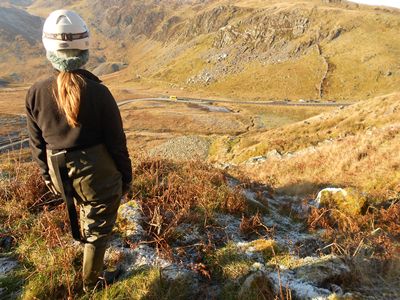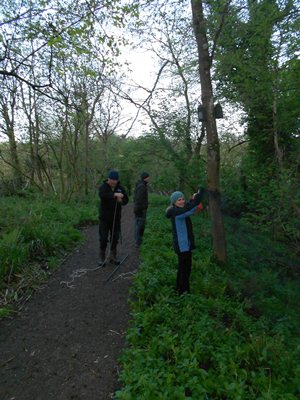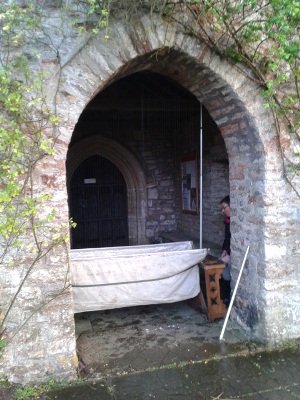A course in Wales and Gloucestershire gave them the opportunity to see hibernating horseshoe bats, pipistrelle bats and brown long-eared bats.
The end of the active bat survey season is fast approaching! The survey season (for bat emergence surveys) ends in August. We recommend that if you think you need a bat survey, to get in touch with The Ecology Consultancy’s dedicated bat team as soon as possible!
The Ecology Consultancy’s London office now has seven licensed bat ecologists. The team have been very busy this summer conducting preliminary bat roost assessments, dusk emergence and dawn re-entry surveys, activity transects and producing mitigation strategies for a variety of buildings in London and the surrounding counties. The London team also have two qualified tree climbers, who can aerially inspect trees for bats and or signs of roosting bats. This approach is often more useful and cost-efficient compared to inspecting the trees from the ground and then conducting dusk/dawn surveys. 
Toni Harrington and Tanith Cook, both based in the London office, gained their Natural England Bat Class Level 2 survey licence this year after five years of training and gaining experience. While juggling projects, they also managed to get out into the countryside of Wales and Gloucestershire on a course where they had the opportunity to see hibernating horseshoe bats, pipistrelle bats and brown long-eared bats. This involved surveying a church tower, a residential property, a specially converted barn, trees, bridges, a boat house and putting on waders to venture into a few old stone mines.
They also had the opportunity to handle uncommon bat species, which included the Nathusius’ pipistrelle. There are 17 breeding species of bat in the UK, of which Tanith has handled 11. Tanith said, “It was great to see the Nathusius’ pipistrelle up close and to compare its size to a common and soprano pipistrelle, as it is about double their weight. It was quite similar, but as if pumped up on steroids!”
The bats were caught safely using harp traps and mist nests at a variety of locations, including woodland, lakes and a church.
There are five key members of the bat team within the London office with a combined experience of around 35 years. We are fully competent in the range of bat surveys and provide clients with pragmatic advice, whatever the size of your project.
Photos from top:Toni wonders how she just managed to trek up that hill in waders! Tanith veteran tree inspection; Toni setting a mist net; harp trap located in the entrance of a church to catch any emerging Daubenton’s bats.

